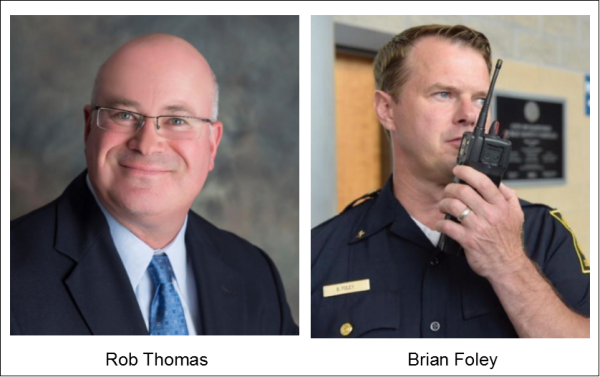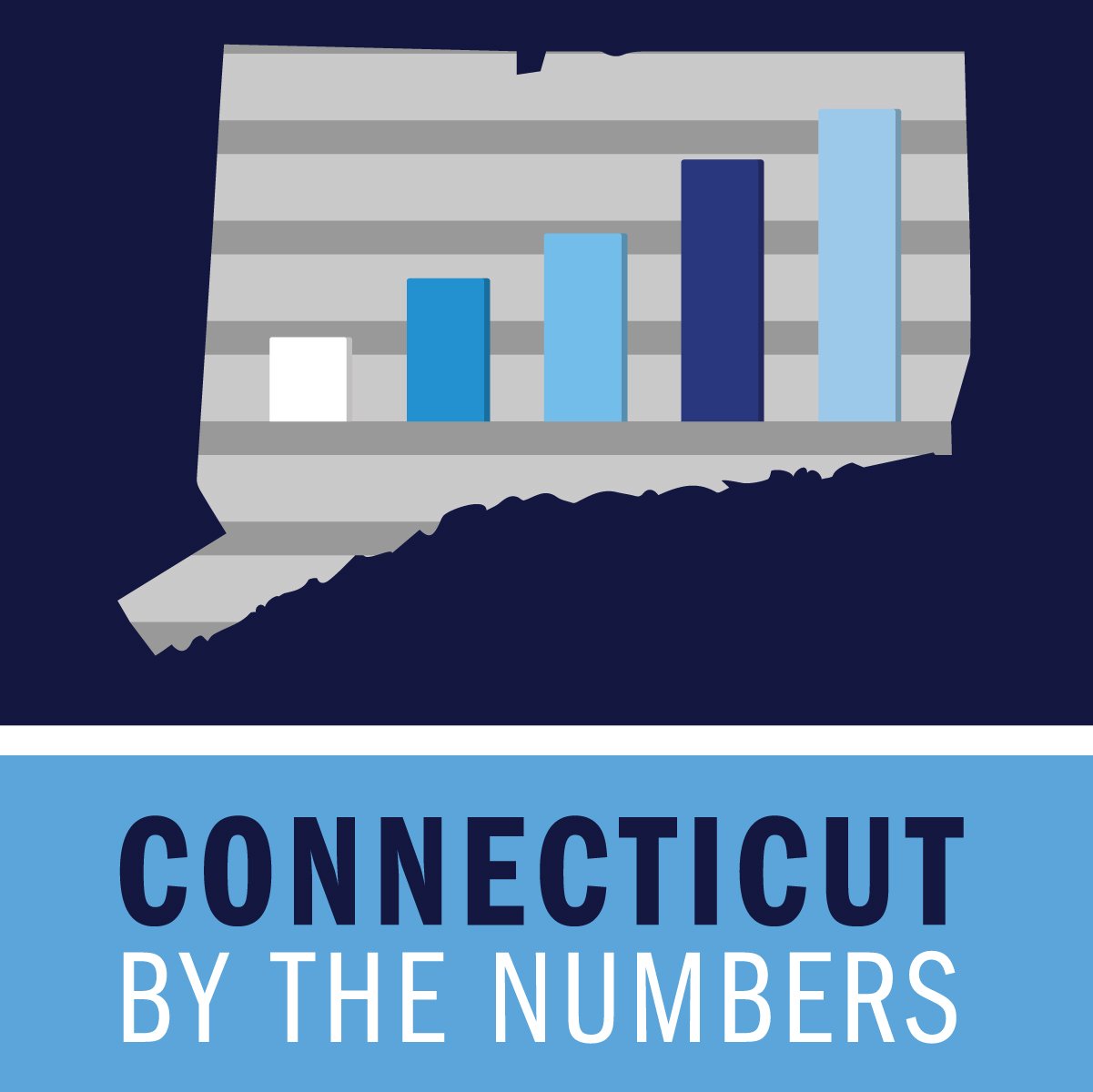Dangers of Distracted Driving Focus of New Documentary Produced in CT
/A decade ago, local producer/director/writer Jennifer Boyd’s documentary Teens Behind the Wheel brought an EMMY Award and generated impactful airing on Connecticut Public Television and PBS, along with much discussion on news programs and increased awareness at driving schools across the country. Well, it’s a decade later, and technology has provided the foundation for a sequel that is, in many ways, more troubling than the original. 3 Seconds Behind the Wheel, which debuts on Connecticut Public on Thursday evening, is a new documentary and podcast series that follows the lives of eight drivers over six months using in-car cameras and tracking technology to expose the often-hidden behavior of distracted drivers.
3 Seconds Behind the Wheel, which debuts on Connecticut Public on Thursday evening, is a new documentary and podcast series that follows the lives of eight drivers over six months using in-car cameras and tracking technology to expose the often-hidden behavior of distracted drivers.
The documentary is scheduled for national release in this fall. It has been described as a “window into our own lives,” by its realistic depiction of the pervasiveness – and dangers - of districted driving.
Why three seconds? That is the amount of time it takes to send a text message, choose a song, or engage in other activities that can impact safe driving behavior. That is also how long it takes to drive across a football field.
Producers gathered weekly data from subjects in Florida and Connecticut to get an honest picture of the many activities drawing drivers’ attention off the task of driving. Experts from MIT, Cambridge Mobile Telematics, Safety Track, and the University of Connecticut provided monitoring equipment, data storage, and expert analysis. The production took well over a year to complete.
 The film also gives audiences a firsthand look at emerging technologies that could one day offer solutions to rising crash statistics. The documentary follows researchers at Google who are using driving simulators to develop next-generation in-car infotainment systems, and explores how one Swedish company is experimenting with technology that could one day allow cars to understand human feelings and make driving decisions based on individual needs.
The film also gives audiences a firsthand look at emerging technologies that could one day offer solutions to rising crash statistics. The documentary follows researchers at Google who are using driving simulators to develop next-generation in-car infotainment systems, and explores how one Swedish company is experimenting with technology that could one day allow cars to understand human feelings and make driving decisions based on individual needs.
“While many of these drivers’ habits will shock you, this is a very honest and intimate look at human nature,” said Jennifer Boyd, producer, director and writer of 3 Seconds Behind the Wheel. “And it provides a little insight into some truths about all of us.”
State DOT Commissioner James Redeker noted that distracted driving is a major contributor to crashes and deaths on highways. Officials also noted that “it only takes three seconds to take a life or to end your own.”

Over the past 20 years, Boyd has produced public television documentaries on topics ranging from climate change to gun control, and she's won 9 Emmy Awards for that work. Assisting her on the latest project were Catherine Sager, Senior Producer/Corporate Liaison; Cecilia Prestamo, Video Editor/Producer and Script Supervisor; Paul Smith, Director of Photography; and Tom Nelson, Editor. Nancy Bauer, Connecticut Public’s Vice President Sales/Corporate Support, is credited a being a driving force in the decision to research and produce the documentary.
3 Seconds Behind the Wheel premieres Thursday, June 21 at 8 p.m. on Connecticut Public Television and will rebroadcast Tuesday, July 17 at 10 p.m. and Saturday, September 15 at 7 p.m. More information about 3 Seconds Behind the Wheel can be found at 3seconds.org. Funding for 3 Seconds Behind the Wheel is made possible by Presenting Sponsor Travelers with additional support from General Motors and the Connecticut Department of Transportation.


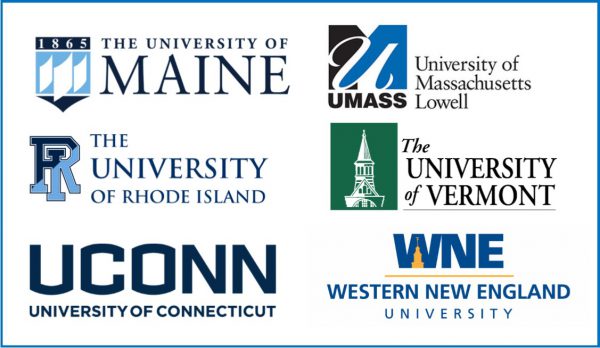
 The U.S. DOT invests in the future of transportation through its University Transportation Centers (UTC) Program, which awards and administers grants to consortia of colleges and universities across the United States. In the Northeast, other consortia with the same policy focus include a 9-institution UTC led by Rutgers, the State University of New Jersey and a 6-institution group led by Pennsylvania State University.
The U.S. DOT invests in the future of transportation through its University Transportation Centers (UTC) Program, which awards and administers grants to consortia of colleges and universities across the United States. In the Northeast, other consortia with the same policy focus include a 9-institution UTC led by Rutgers, the State University of New Jersey and a 6-institution group led by Pennsylvania State University.


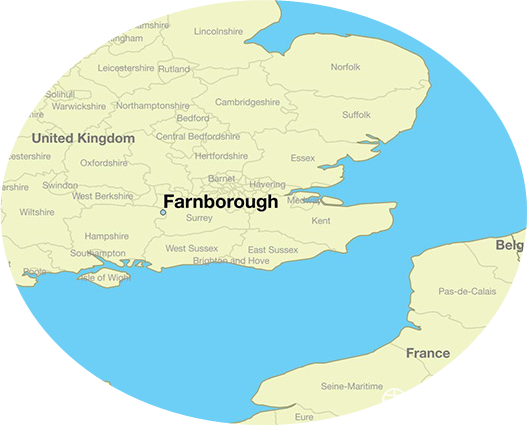 Satisfied Connecticut companies in 2016 include Windsor-based
Satisfied Connecticut companies in 2016 include Windsor-based 
 More than a dozen Connecticut companies had a presence in the state’s pavilion at the event: Jackson Laboratory, Sema4, Genotech Matrix, AlvaHealth, RallyBio, Cantor Colburn, Pfizer, e-Path Learning, Thetis Pharmaceuticals, XViVO, Clarity Quest, Lucerna, Wyant Simboli, Boehringer Ingelheim, Aeromics, LambdaVision, Pattern Genomics.
More than a dozen Connecticut companies had a presence in the state’s pavilion at the event: Jackson Laboratory, Sema4, Genotech Matrix, AlvaHealth, RallyBio, Cantor Colburn, Pfizer, e-Path Learning, Thetis Pharmaceuticals, XViVO, Clarity Quest, Lucerna, Wyant Simboli, Boehringer Ingelheim, Aeromics, LambdaVision, Pattern Genomics.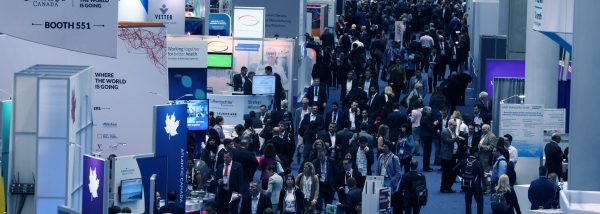 All told, there were more than 1,000 companies from dozens of nations represented at the 25th anniversary conference. The organizations
All told, there were more than 1,000 companies from dozens of nations represented at the 25th anniversary conference. The organizations 

 “This is an exciting opportunity for all of us at Foodshare. More produce and healthier options: that’s the future of food banking,” said Jason Jakubowski, President and CEO of Foodshare.
“This is an exciting opportunity for all of us at Foodshare. More produce and healthier options: that’s the future of food banking,” said Jason Jakubowski, President and CEO of Foodshare.
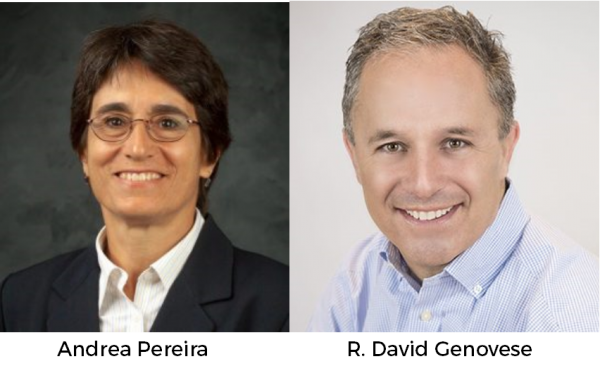 The Jack Shannahan Award for Public Service for 2018 goes to Andrea Pereira, a former Board Chair of Connecticut Main Street Center, who has been a partner in CMSC’s Come Home to Downtown program, providing financing through the Come Home to Downtown Loan Fund. Pereira, Executive Director of
The Jack Shannahan Award for Public Service for 2018 goes to Andrea Pereira, a former Board Chair of Connecticut Main Street Center, who has been a partner in CMSC’s Come Home to Downtown program, providing financing through the Come Home to Downtown Loan Fund. Pereira, Executive Director of 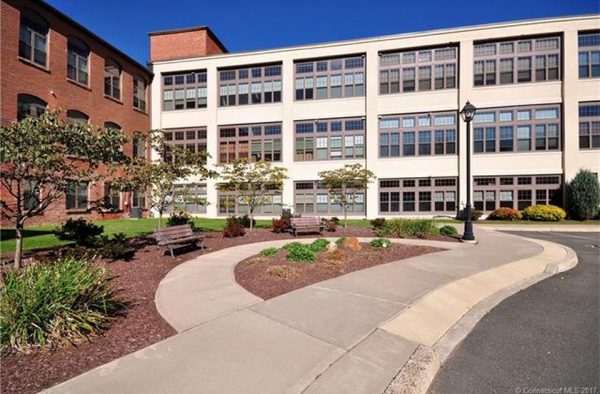



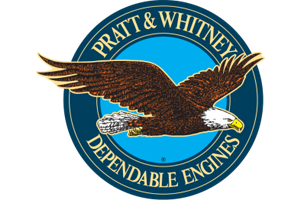 “At Pratt & Whitney, we are in a very competitive industry and our continued success depends on our people driving innovation into every part, process and service,” said Carter. “Our customers have depended on Pratt & Whitney innovators literally for generations, and with the GTF, they can continue to count on us for the next generation.”
“At Pratt & Whitney, we are in a very competitive industry and our continued success depends on our people driving innovation into every part, process and service,” said Carter. “Our customers have depended on Pratt & Whitney innovators literally for generations, and with the GTF, they can continue to count on us for the next generation.”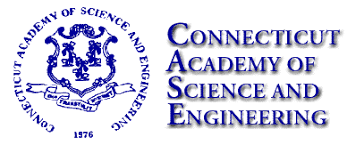 nation at the forefront of global technology and economic leadership.
nation at the forefront of global technology and economic leadership.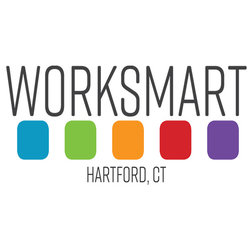
 The Summit will feature nearly a dozen sessions and speakers, many from local businesses, highlighting best practices and latest developments in a range of technology arenas.
The Summit will feature nearly a dozen sessions and speakers, many from local businesses, highlighting best practices and latest developments in a range of technology arenas.